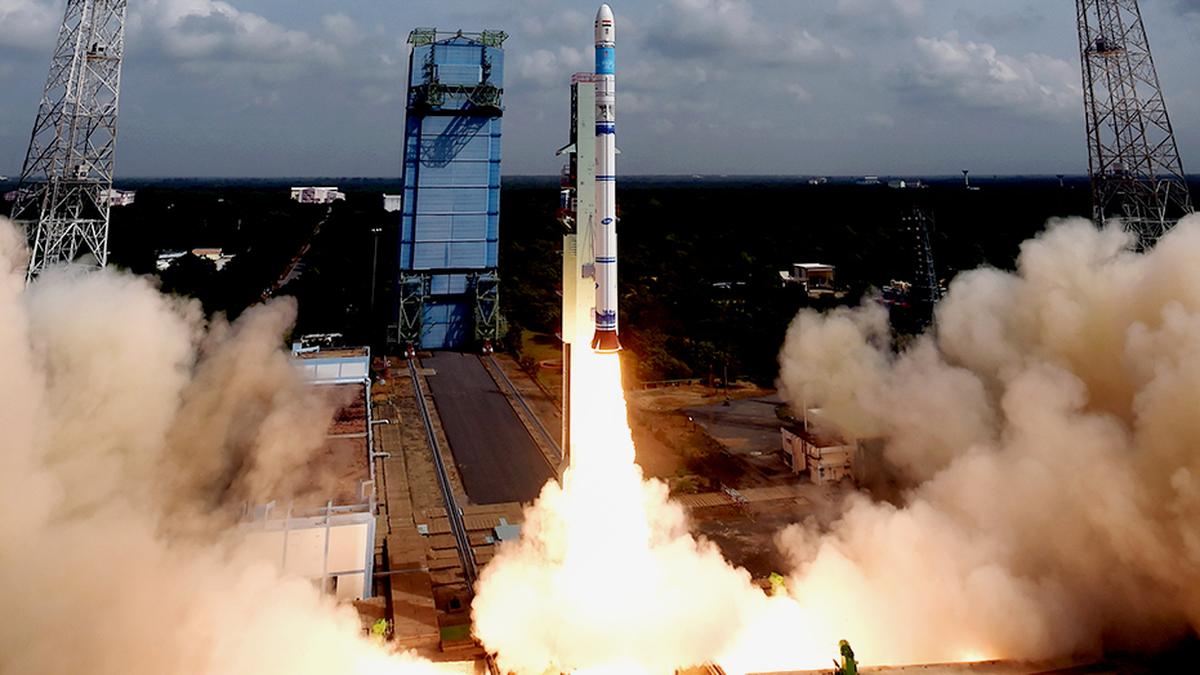- Courses
- GS Full Course 1 Year
- GS Full Course 2 Year
- GS Full Course 3 Year
- GS Full Course Till Selection
- Answer Alpha: Mains 2025 Mentorship
- MEP (Mains Enrichment Programme) Data, Facts
- Essay Target – 150+ Marks
- Online Program
- GS Recorded Course
- Polity
- Geography
- Economy
- Ancient, Medieval and Art & Culture AMAC
- Modern India, Post Independence & World History
- Environment
- Governance
- Science & Technology
- International Relations and Internal Security
- Disaster Management
- Ethics
- NCERT Current Affairs
- Indian Society and Social Issue
- NCERT- Science and Technology
- NCERT - Geography
- NCERT - Ancient History
- NCERT- World History
- NCERT Modern History
- CSAT
- 5 LAYERED ARJUNA Mentorship
- Public Administration Optional
- ABOUT US
- OUR TOPPERS
- TEST SERIES
- FREE STUDY MATERIAL
- VIDEOS
- CONTACT US
How do Assam’s Foreigners Tribunals function?
How do Assam’s Foreigners Tribunals function?
20-07-2024

The Assam government has asked the Border wing of the State’s police not to forward cases of non-Muslims who entered India illegally before 2014 to the Foreigners Tribunals (FTs). This is in keeping with the Citizenship (Amendment) Act of 2019 that provides a citizenship application window for non-Muslims who allegedly fled persecution in Afghanistan, Bangladesh, and Pakistan.
Key Points:
- Foreigners Tribunals (FTs): FTs are quasi-judicial bodies formed through the Foreigners (Tribunals) Order of 1964 under Section 3 of the Foreigners’ Act of 1946, to let local authorities in a State refer a person suspected to be a foreigner to tribunals.
- Exclusive to Assam: FTs are currently exclusive to Assam as cases of “illegal immigrants” are dealt with according to the Foreigners’ Act in other States.
- Composition: Each FT is headed by a member drawn from judges, advocates, and civil servants with judicial experience.
- Number of FTs: The Ministry of Home Affairs told Parliament in 2021 that there are 300 FTs in Assam, but the website of the State’s Home and Political Department says that only 100 FTs are currently functioning.
- Role of Border Police: The Assam Police Border Organisation is tasked with detecting and deporting illegal foreigners, patrolling the India-Bangladesh border with the Border Security Force, maintaining a second line of defence to check the entry of illegal foreigners, and monitoring people “settled in riverine and char (sandbar) areas”.
- Functioning of FTs: An FT has the powers of a civil court in certain matters such as summoning and enforcing the attendance of any person and examining him or her on oath and requiring the production of any document.
- Notice and Response: A tribunal is required to serve a notice in English or the official language of the State to a person alleged to be a foreigner within 10 days of receiving the reference from the authority concerned. Such a person has 10 days to reply to the notice and another 10 days to produce evidence in support of his or her case.
- Disposal of Cases: An FT has to dispose of a case within 60 days of reference. If the person fails to provide any proof of citizenship, the FT can send him or her to a detention centre, now called transit camp, for deportation later.
About Foreigners Tribunals:
- Definition: FTs are quasi-judicial bodies formed to let local authorities in a State refer a person suspected to be a foreigner to tribunals.
- Composition: Each FT is headed by a member drawn from judges, advocates, and civil servants with judicial experience.
- Functioning: An FT has the powers of a civil court in certain matters such as summoning and enforcing the attendance of any person and examining him or her on oath and requiring the production of any document.
Importance:
- Citizenship: FTs play a crucial role in determining the citizenship of individuals in Assam.
- National Security: FTs help in identifying and deporting illegal foreigners, ensuring national security.
- Justice: FTs provide a platform for individuals to prove their citizenship and avoid deportation.
Challenges:
- Backlog of Cases: There is a huge backlog of cases pending before the FTs, which can lead to delays in the disposal of cases.
- Lack of Infrastructure: The FTs often lack the necessary infrastructure and resources to function efficiently.
- Criticism: The FTs have faced criticism for their functioning, with some alleging that they are arbitrary and lack transparency.
Must Check: Best IAS Coaching In Delhi
UPSC Prelims Result 2024 Out: Expected Cut Off & Other Details, UPSC Prelims 2024 Answer with Explanation, Daily Prelims Quiz, Daily Current Affairs, MONTHLY CURRENT AFFAIRS TOTAL (CAT) MAGAZINE, Best IAS Coaching Institute in Karol Bagh, Best IAS Coaching Institute in Delhi, Daily Mains Question Answer Practice, ENSURE IAS UPSC Toppers, UPSC Toppers Marksheet, Previous Year Interview Questions, UPSC Syllabus



